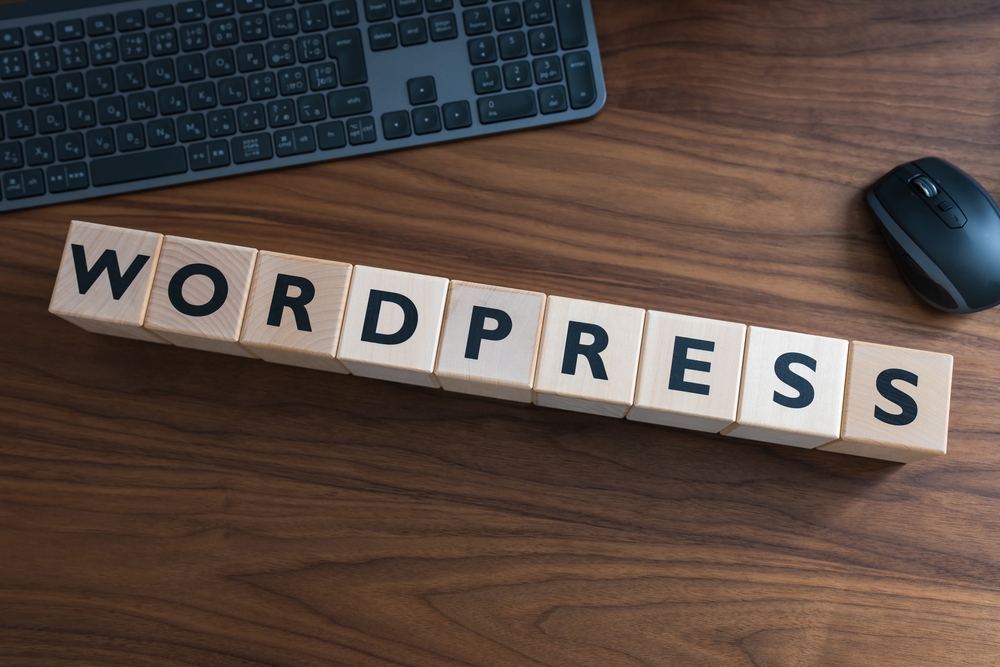
Mastering WordPress: Pro Tips for Customization & Maintenance

WordPress is a powerful and user-friendly platform that enables anyone to create and manage their own website. With its abundance of themes and plugins, WordPress offers endless possibilities for customization. However, mastering WordPress requires more than just basic knowledge. In this article, we will share some pro tips to help you take your WordPress (the blogging platform) customization and maintenance skills to the next level.
1. Choose the Right Theme
When starting with WordPress (or WP) , one of the first decisions you need to make is selecting a theme. With thousands of options available, it can be overwhelming. The key is to choose a theme that suits your website's purpose and is regularly updated by the developer. Look for a theme that offers flexibility in terms of customization options and responsiveness.
Additionally, consider choosing a lightweight theme that won't slow down your site's loading time. Remember, a slow-loading website can negatively impact user experience and search engine rankings.
2. Customize with Child Themes
WordPress (WP) themes come with built-in customization options, but sometimes you may need to go a step further and make more significant changes. This is where child themes come in. A child theme is a separate theme that inherits the styles and functionality of its parent theme. It allows you to make modifications without altering the original theme's code.
By using child themes, you can have greater control over the design and functionality of your website. Additionally, if the parent theme receives updates, your customizations won't be lost.
3. Optimize with Plugins
Plugins are one of the biggest strengths of WordPress . They allow you to add extra features and functionality to your website without any coding knowledge. However, it's essential to use plugins wisely.
Having too many plugins can slow down your website or cause conflicts between them. Before installing a plugin, make sure it offers the features you need and has good reviews and support.
Some essential plugins include:
- Yoast SEO: Helps optimize your website for search engines.
- W3 Total Cache: Improves site performance by caching.
- Smush: Compresses and optimizes images to reduce page size.
- Wordfence Security: Protects your website from vulnerabilities.
Remember, only install necessary plugins to keep your website running smoothly.
4. Maintain Regular Backups
Regular backups are crucial for the security and stability of your website. By creating backups, you can restore your site in case of any unforeseen events, such as server crashes or malware attacks.
There are several backup plugins available for WordPress (the platform for bloggers) , such as UpdraftPlus and BackupBuddy. These plugins allow you to schedule automatic backups and store them on remote locations like Dropbox or Google Drive.
Make it a habit to backup your website regularly to avoid any data loss.
5. Update WordPress, Themes, and Plugins
WordPress regularly releases updates to improve security, fix bugs, and introduce new features. It's crucial to stay up to date with these updates as they often include important security patches.
Similarly, theme and plugin developers regularly release updates to address bugs and compatibility issues. Keeping your themes and plugins updated ensures they function correctly and don't pose any security risks.
Make sure to regularly check for updates and install them on your website. However, before updating, create a backup as a precautionary measure.
Frequently Asked Questions
1. Can I change my theme after launching my WordPress website?
Yes, you can change your WordPress theme at any time. However, it's crucial to test the new theme on a staging environment to avoid any disruptions on your live site. Additionally, you should ensure that all your content and functionality work correctly with the new theme.
2. How can I speed up my WordPress website?
To speed up your WordPress website, you can follow these steps:
- Optimize your images.
- Minimize the use of plugins.
- Use a cache plugin.
- Enable browser caching.
- Optimize your code and minimize HTTP requests.
3. Can I customize my WordPress website without coding?
Absolutely! WordPress provides a user-friendly interface and a vast ecosystem of plugins and themes that allow you to customize your website without any coding knowledge. With the right tools, you can achieve a highly customized look and functionality.
4. What should I do if my website gets hacked?
If your WordPress website gets hacked, follow these steps:
- Take your website offline.
- Scan your computer for malware.
- Change all passwords.
- Restore your website from a clean backup.
- Strengthen your website's security measures.
5. Can I use WordPress for an e-commerce website?
Yes, WordPress can be used to create and manage e-commerce websites. With plugins like WooCommerce, you can easily set up an online store, manage inventory, process payments, and handle shipping. WordPress provides flexibility and scalability, making it a popular choice for e-commerce businesses.
Mastering WordPress takes time and practice. By implementing these pro tips for customization and maintenance, you can enhance your WordPress skills and create a fully functional and secure website.
Other useful resources
- https://www.wordpress24plus.com